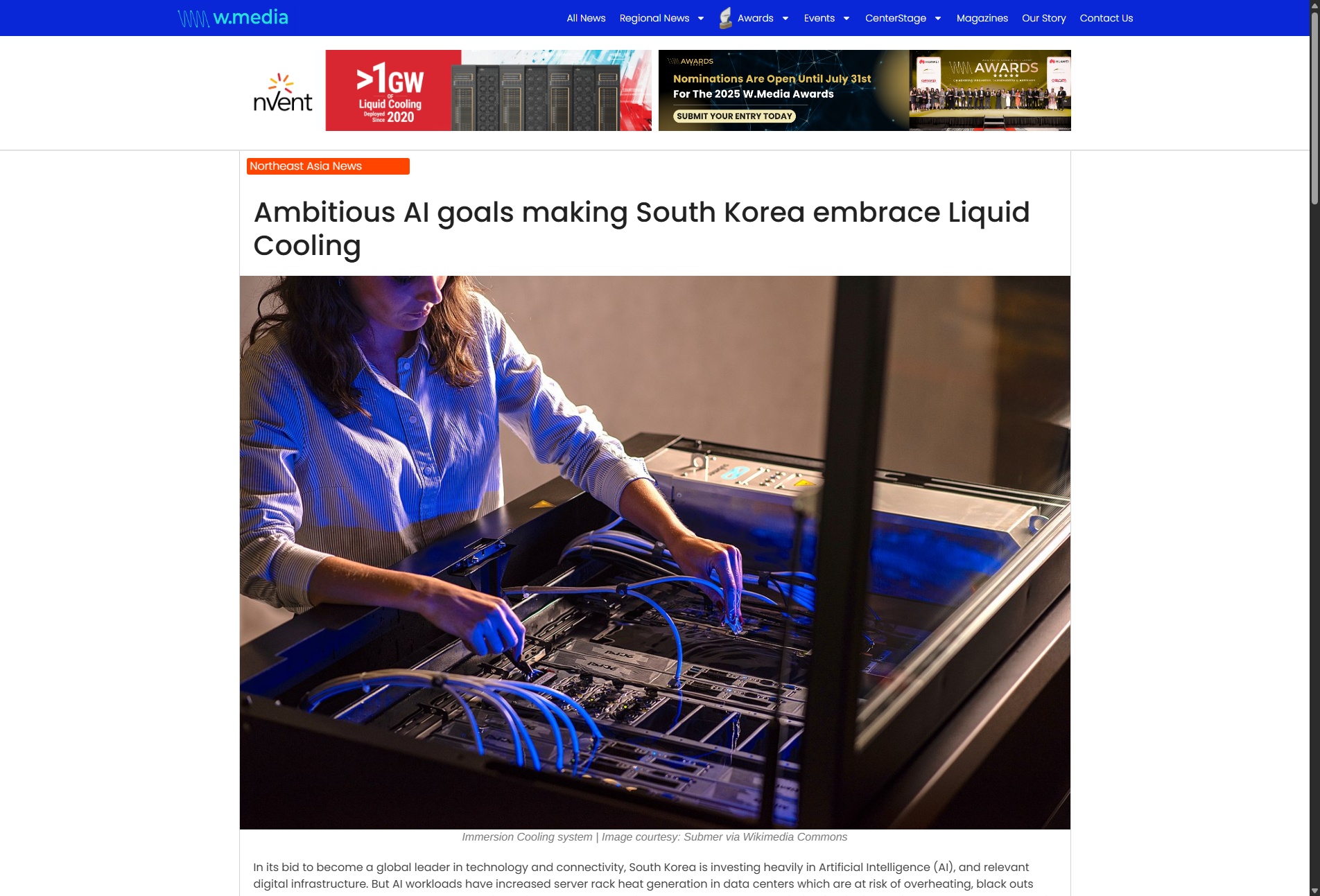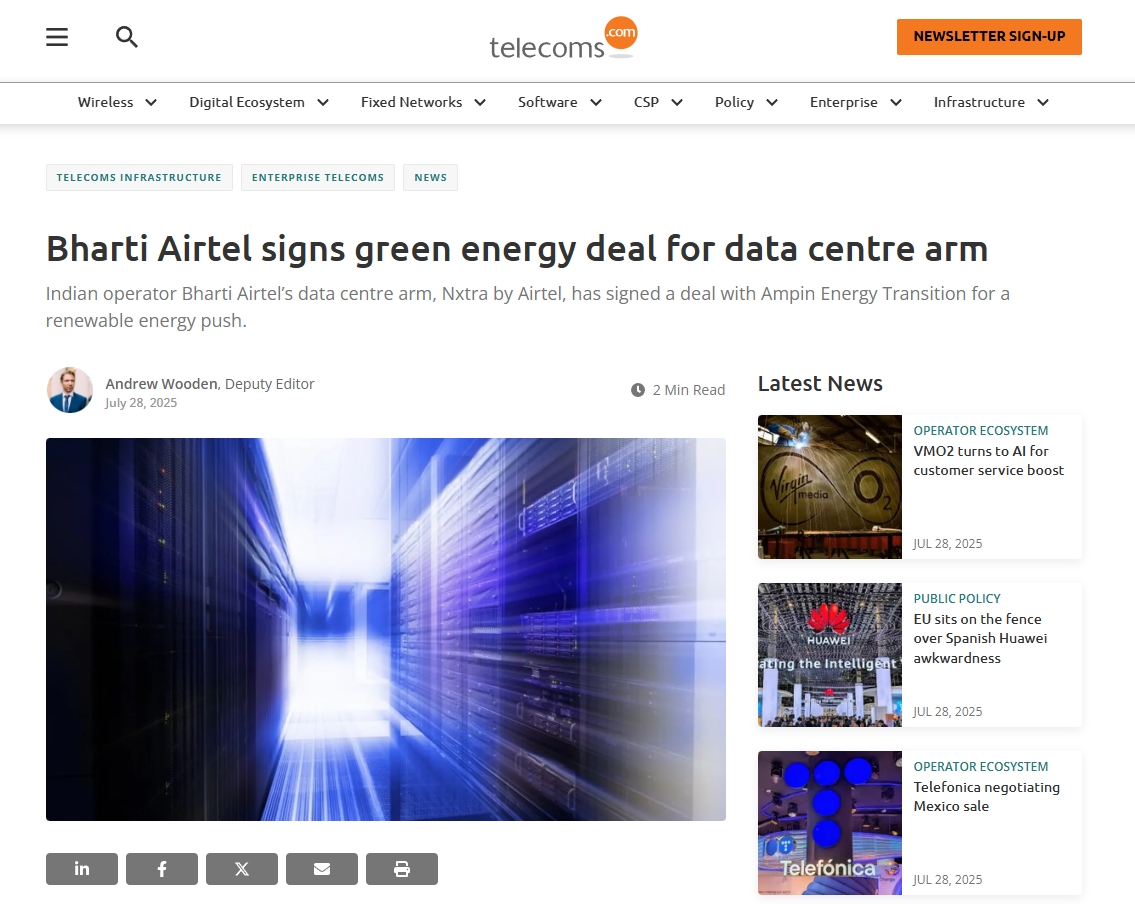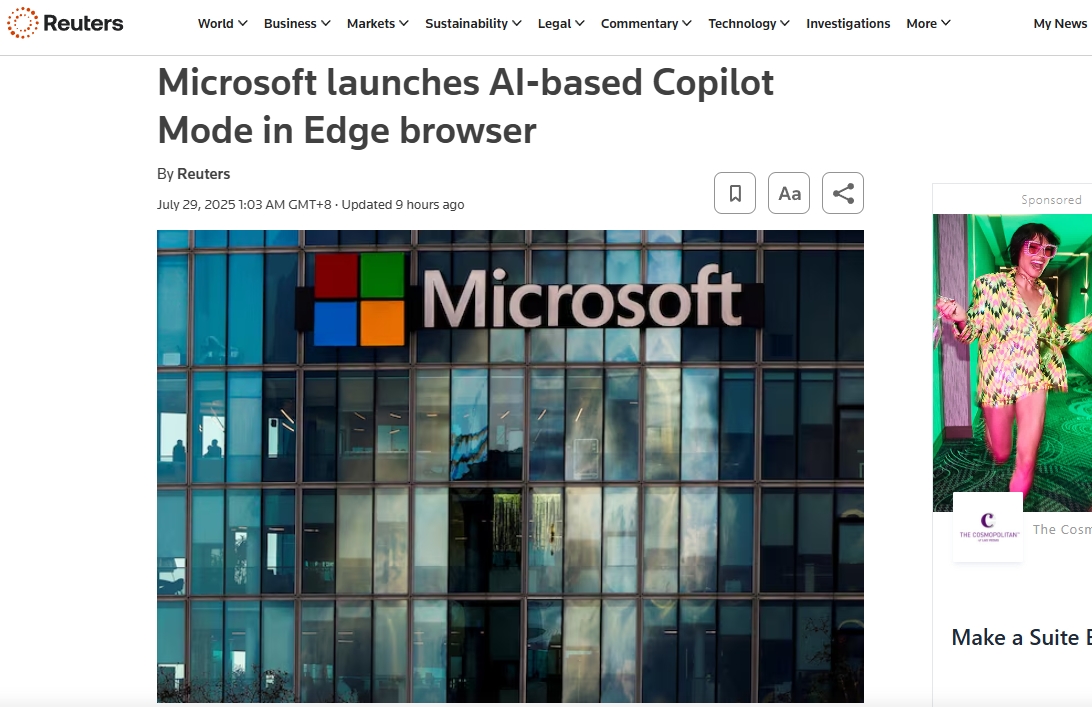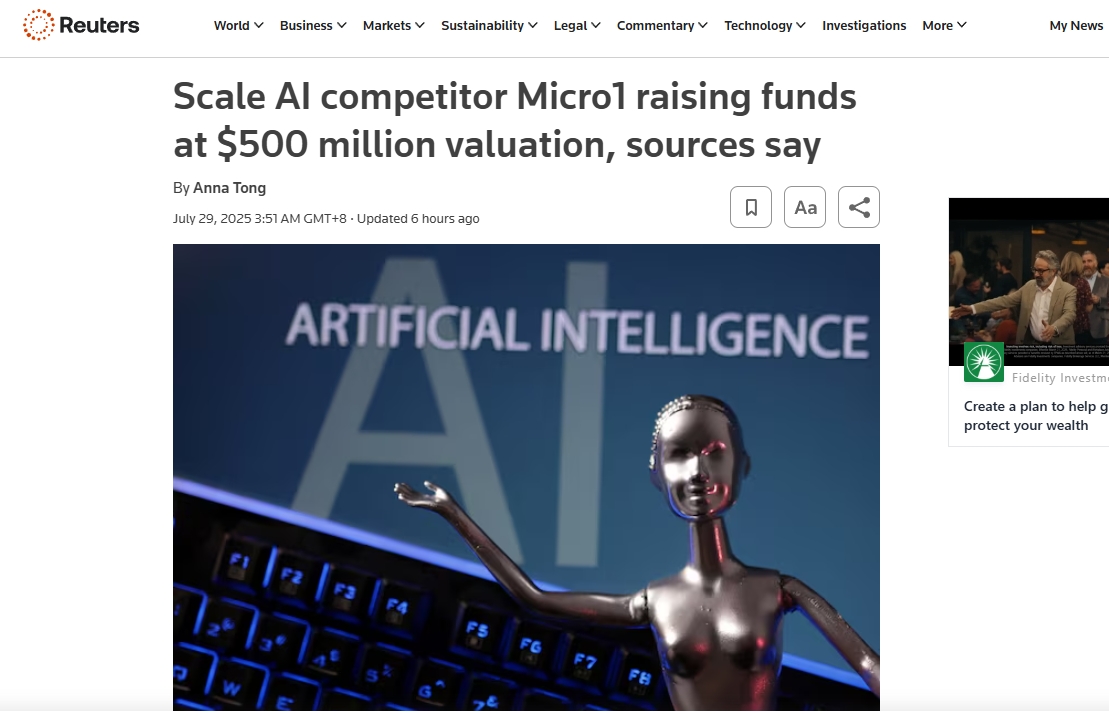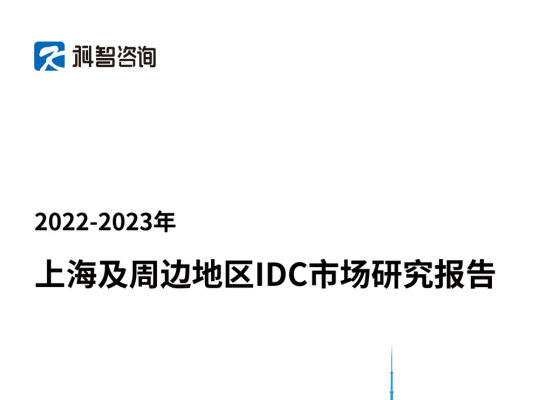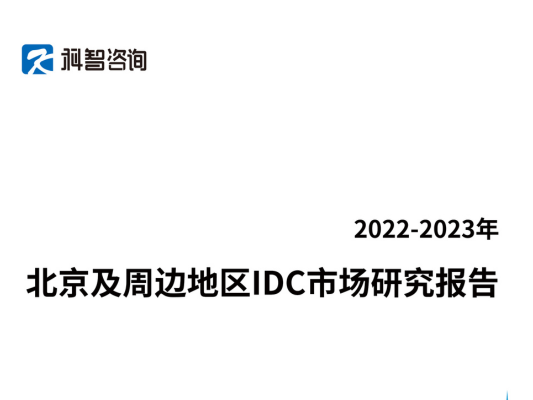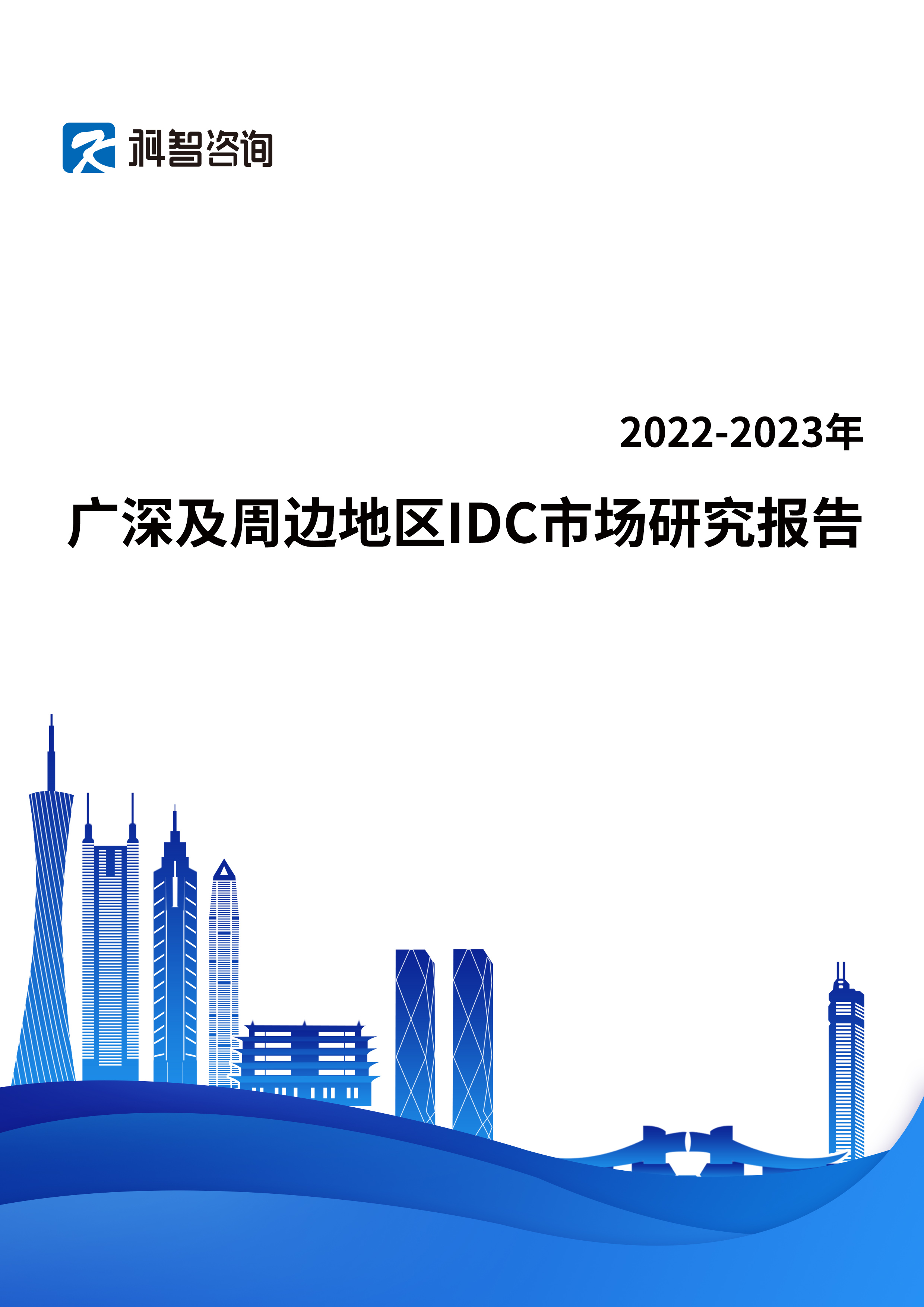In its bid to become a global leader in technology and connectivity, South Korea is investing heavily in Artificial Intelligence (AI), and relevant digital infrastructure. But AI workloads have increased server rack heat generation in data centers which are at risk of overheating, black outs and brown outs that can cause catastrophic equipment damage. This has led to greater appreciation for Liquid Cooling, and now South Korea is looking to this technology as a preferred heat management solution.
According to Mordor Intelligence, the South Korean data center cooling market size is estimated at US$ 176.67 million in 2025 and is expected to reach US$ 454.12 million by 2031 at a Compounded Average Growth Rate (CAGR) of 17.04 percent.
Need for innovation in heat management
AI applications in deep learning and large-scale model training require immense processing power. This high-performance computing (HPC) hardware adds increased pressure onto graphic processing units (GPU) and tensor processing units (TPU). These dense compute environment processors generate significantly more heat than traditional server equipment, putting greater pressure on data centers to find more efficient and effective heat management solutions than traditional air cooling. Liquid cooling systems are, therefore, being integrated by multiple enterprises to safeguard their data center’s functional capabilities by ensuring optimal operating temperatures.
How does Liquid Cooling work?
Liquid Cooling uses specialized dielectric fluids to absorb and dissipate heat more efficiently. This is done with two main types which are direct-to-chip liquid cooling (DLC) and immersion cooling. DLC delivers fluids directly to heat-generating components. This method is adequate for rack densities over 50kw in HPC and AI systems. Immersion cooling involves fully submerging servers in thermally conductive fluids. This method offers heat management efficiency, in both, hyperscale and edge deployments. Both these methods offer superior thermal management, and enable denser server configurations to reduce overheating in AI workloads.
Liquid Cooling adoption in South Korea
South Korea is home to major tech companies such as Samsung, Naver and KT each of which are investing heavily in AI across different sectors such as telecom, healthcare, smart cities and 5G networks. Recent data center operators and government initiatives continue to integrate liquid cooling projects in South Korea.
Here are a few notable examples:
Digital Edge’s AI Data Center SEL2 located in Seoul: In a press release the company said that this 36MW AI-ready facility has been designed to meet fast growing demand from local and international cloud providers, and that it is capable of supporting a cabinet density of up to 130kw when a liquid cooling solution is used.
Meanwhile, Naver Green Data Center (GAK) is modernizing its infrastructure with sustainable cooling methods which combine liquid cooling and AI-based thermal management systems that improve energy efficiency as part of the AI expansion project.
Similarly, KT corporation is integrating liquid cooling systems into its next-generation data centers to support 5G and AI as these facilities are designed with modern architecture and intelligent cooling controls.
Samsung C&T signed a strategic partnership agreement with Green Revolution Cooling that cut electricity use by nearly 80 percent by using liquid immersion systems to address operational challenges.
LG electronics announced that the company has committed to developing next generation sustainable water cooling solutions for data centers by establishing an Artificial Intelligent Data Center testing laboratory which conducts real time simulations in data center environments.
Ahn Duk-Guen, the country’s Minister for Trade, who visited LG Electronic Inc.’s chiller production line in Pyeongtaek and was quoted in media reports as saying, “Data centers are key infrastructure for the AI industry, and the ministry has been supporting AI chips, electronic equipment and cooling systems as next-generation export engines”.
Further initiatives by the country’s Ministry of Science and ICT have emphasised energy efficient data infrastructure as a key aspect of the Digital New Deal which envisages investments worth 23.4 trillion KRW (US$ 17 million) and government spending 44.8 trillion KRW (US$ 33 million) by 2025 funding R&D projects.
Sustainability and Carbon Neutrality
Liquid cooling aligns with South Korea’s carbon neutrality goals and national policy which intend to source all electricity from renewable energy sources by 2050. Thus it is a priority to reduce reliance on power-intensive air conditioning systems. Liquid cooling methods remove heat at source, which results in 30- 50 percent decrease in energy consumption, a smaller physical footprint, higher compute density per rack, and improved reliability and lower data center power usage effectiveness (PUE).
Business efficiency and operation advantage
The reduced heating ventilation and air conditioning (HVAC) dependency translates into significant energy and cost savings. Liquid cooling supports ESG goals, reduces carbon emissions and improves overall energy use. Future AI and high-density workloads require strategic scalable liquid cooling infrastructures.
Liquid Cooling: An investment into South Korea’s digital future
South Korea’s digital infrastructure projects are capitalizing on liquid cooling methods to address thermal constraints and environment impacts. The ability to reduce heat in energy intensive data centers is critical for future operations as these facilities accommodate new AI models, operators are integrating direct cooling, fluid innovation and smart automation.
Sign up for KRCDC now!
All this and more will be up for discussion at W.Media’s Korea Cloud & Datacenter Convention ( KRCDC 2025 ) that will take place on September 19, 2025 at COEX Convention & Exhibition center, Seoul, South Korea. This event will explore the latest trends and developments in the South Korean data center industry, and bring together experts, thought leaders and key stakeholders to discuss the challenges and new opportunities that are shaping future digital ecosystems.

